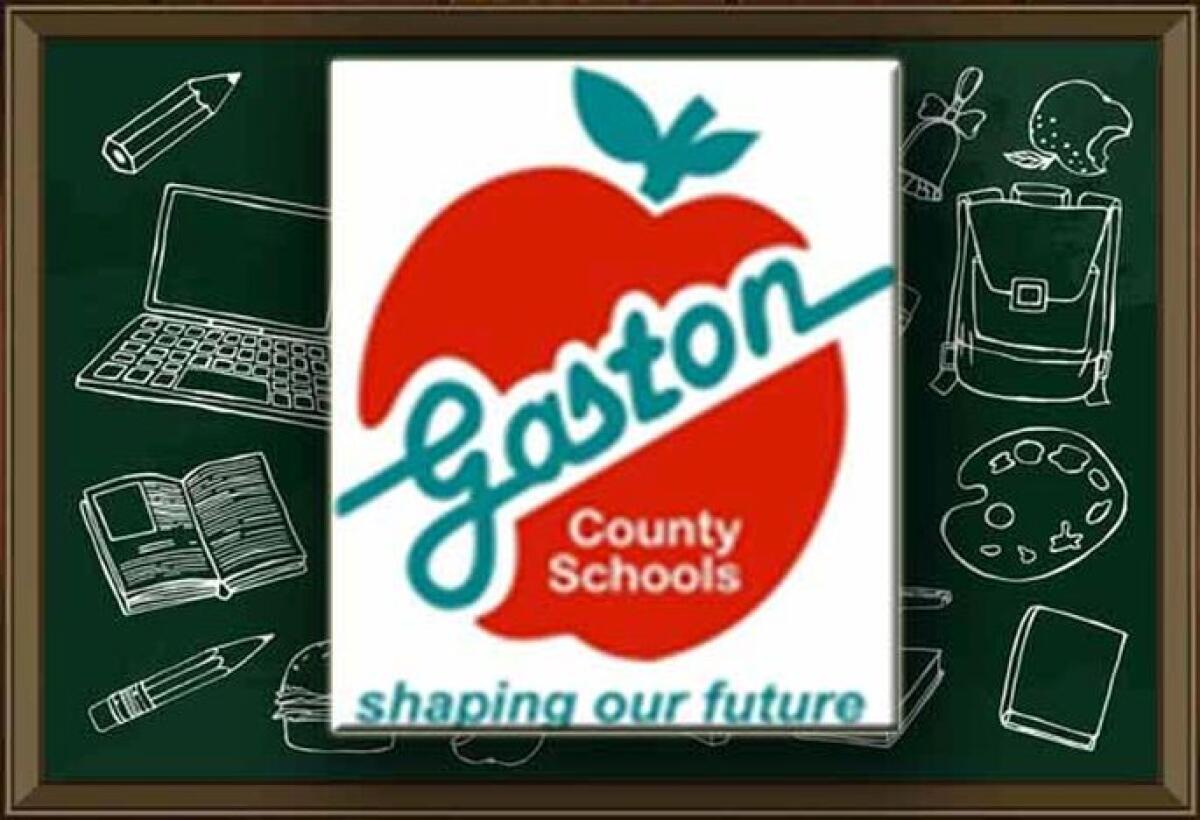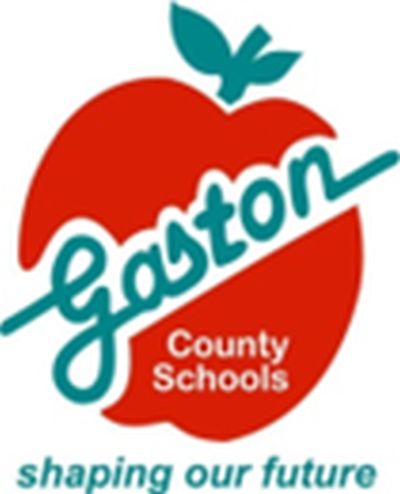- Friday, 26 December 2025
- Have a HOT TIP? Call 704-276-6587 or E-mail us At LH@LincolnHerald.com
Gaston County Sees Increase In High School Graduation Rate
Improving student proficiency and academic growth is a priority for the 2024-2025 year

GASTONIA, N.C. – The Gaston County Schools graduation rate increased to 86.7 percent, which is +1.4 points higher than last year, according to the preliminary results of the state testing and accountability data for the 2023-2024 academic year. The N.C. State Board of Education and the N.C. Department of Public Instruction released the preliminary data to the public on Wednesday, September 4.
Gaston’s graduation rate for 2023-2024 is in line with the state rate of 86.9 percent. Last year, the state graduation rate outpaced Gaston’s rate by 1.2 points (85.3 percent for Gaston and 86.5 percent for the state in 2022-2023). This year, Gaston saw its graduation rate increase at a better pace than the state when compared to last year.
Seven schools have a higher graduation rate when compared to 2022-2023: Bessemer City, Cherryville, Stuart W. Cramer, East Gaston, Gaston Virtual Academy, North Gaston, and South Point. Additionally, seven schools have a graduation rate of 90 percent or higher: Gaston Early College of Medical Sciences (100.0 percent), Highland (99.2 percent), Gaston Early College (97.8 percent), South Point (97.2 percent), Cherryville (95.8 percent), East Gaston (92.3 percent) and Stuart W. Cramer (90.4 percent). North Gaston (+10.0) and Bessemer City (+5.9) had the most significant increases in the graduation rate when compared to the previous year.
“We are very proud of the work our high schools did over the past school year to ensure that more seniors are crossing the graduation stage and receiving a diploma,” stated Superintendent of Schools Morgen A. Houchard. “Having seven schools increase the graduation rate and seven schools achieve a graduation rate of greater than 90 percent contributed to Gaston County Schools having an improved graduation rate for 2023-2024. The schools are to be commended for their focus on graduation since getting students to one of the most important milestones in life is our ultimate goal. Still, there is work to be done because, ideally, we want our high school graduation rate to be 100 percent with all students earning a diploma.”
Called the four-year cohort graduation rate, it reflects the percentage of students who entered the ninth grade in 2020-2021 and graduated four years later in 2023-2024. The four-year graduation rate is not the same as the dropout rate, which indicates the number of students who drop out of high school in a given year. When the state first calculated the four-year cohort graduation rate in 2005-2006, Gaston County’s rate was a mere 68.1 percent.
Some students need an extra year of high school to complete graduation requirements. The district’s five-year cohort graduation rate is 85.9 percent. The five-year cohort graduation rate reflects the number of students who entered the ninth grade in 2019-2020 and graduated in 2023-2024.
In addition to information about the high school graduation rate, the preliminary data released by the state provides insight on student proficiency, academic growth, and school performance grades for Gaston County Schools for the 2023-2024 academic year.
■ Student Proficiency
Students in grades 3-8 are tested in reading and math, and a science test is given in the fifth and eighth grades. High school students take state tests in four subject areas: Math I, Math III, Biology, and English II. Proficiency is based on the number of students scoring a Level III, IV, or V on the state tests.
▪ Gaston’s overall proficiency rate for 2023-2024 is 48.5 percent; the state rate is 54.2 percent. The overall proficiency rate for Gaston County was 50.2 percent in 2022-2023 and 48.4 percent in 2021-2022.
▪ When compared to 2022-2023, overall student proficiency for grades 3-8 in reading and math declined; proficiency in fifth grade and eighth grade science also declined. However, overall student proficiency in math remains higher when compared to the pandemic years (2020-2021 and 2021-2022), and reading proficiency for third and fifth grades remains higher when compared to the pandemic years.
▪ At the high school level, Math I had the most significant increase (+6.6 points) when compared to 2022-2023, and student proficiency in Math III remains higher when compared to the pandemic years.
▪ The elementary schools with the highest student proficiency are New Hope, Hawks Nest, North Belmont, Belmont Central, McAdenville, and Rankin. McAdenville (+9.8) leads the elementary schools with the most significant increase in student proficiency. Other elementary schools with a significant increase are Catawba Heights (+5.7), Tryon (+4.8), and Brookside (+4.4).
▪ The middle schools with the highest student proficiency are Cramerton and Belmont. Mount Holly (+2.4) had the most significant increase in student proficiency among the middle schools.
▪ The high schools with the highest student proficiency are Highland, Gaston Early College, Gaston Early College of Medical Sciences, and South Point. The high schools with a significant increase in student proficiency are Stuart W. Cramer (+4.5) and East Gaston (+3.1).
■ Academic Growth
Academic growth indicates whether students achieve a year’s worth of academic progress for a year’s worth of instruction. Growth is reported in one of three ways: Exceeded Growth, Met Growth, or Did Not Meet Growth. For the 2023-2024 school year, Gaston County had 27 of 51 schools to meet or exceed overall academic growth expectations.
At the elementary school level, Gardner Park, Lowell, New Hope, North Belmont, and Rankin exceeded overall academic growth expectations. John Chavis, Cramerton, and York Chester exceeded overall expectations among the middle schools. At the high school level, Cherryville, Gaston Early College, Gaston Early College of Medical Sciences, Highland, and South Point exceeded overall expectations.
“Clearly, our student proficiency and academic growth results are not what we want them to be,” added Superintendent Houchard. “However, they will serve as a baseline for us as we concentrate on a plan of action for improving our results. Work has already started to address student achievement, and we are confident that our teachers, staff, administrators, and central-level leaders are committed to giving the time, energy, focus, and hard work necessary to guarantee upward trends in academic performance. I know that we can do it – our dedicated employees will step up to the challenge and deliver results because that is what educators do.”
Dr. Houchard concluded, “Since becoming the superintendent in February, I have met with teachers, principals, assistant principals, staff members, and other employees at our 56 schools as well as our district-level administrators, and we identified five focus areas: high quality teaching and learning, positive school and workplace culture, strong internal communication habits, student and teacher retention and recruitment, and support for administrative and district leaders. We believe focusing on these five areas will contribute to our overall improvement, especially in academics. After all, we are here to serve students, and with all of us working together, we will see better scores, higher rates, and more reasons to celebrate academic success in Gaston County Schools.”
■ School Performance Grades
The state uses the testing and accountability data to give school performance grades, which were assigned for the first time in 2014. A school’s performance letter grade is determined using a formula based only on two factors: student achievement (test scores/proficiency), which counts for 80 percent of the school performance grade, and student academic growth, which counts for 20 percent.
The school performance grade should not be interpreted as a comprehensive evaluation that indicates the quality of a school since only select criteria are used to determine the grade. School size, diverse student population, socioeconomics, teacher experience, student learning obstacles, special programs, parental and community involvement, and other factors have an effect on a school’s performance, but are not considered in the grade.
For the 2023-2024 school year, Gaston County had 31 of 54 schools to earn an A, B, or C grade – three schools received an A grade, eight schools received a B grade, and 20 schools received a C grade. Gaston Early College High School, Gaston Early College of Medical Sciences, and Highland School of Technology are the schools with an A grade.
When compared to last year, 23 schools had a higher school performance score, which is used to assign the school performance grade. The most significant increases in school performance scores were McAdenville (+11), Stuart W. Cramer (+8), North Gaston (+7), New Hope (+6), Beam Intermediate (+5), Catawba Heights (+4), Gardner Park (+4), Gaston Virtual Academy (+4), North Belmont (+4), Sadler (+4), and Tryon (+4).
Once again, Highland School of Technology earned a perfect school performance score of 100, making it among the most elite schools in the state for student achievement and academic growth. For 2023-2024, Highland is the only school in North Carolina to achieve a 100 overall score. Highland has consistently received an A school performance grade from the state.
Four schools – Beam Intermediate, Stuart W. Cramer, East Gaston, and Robinson – achieved a higher school performance grade when compared to last year. Additionally, 15 schools are within three or fewer points of achieving a higher school performance grade: Ashbrook, Belmont Central/Page Primary, Bessemer City Central/Bessemer City Primary, Brookside, Cramerton, Forestview, Hunter Huss, Lingerfeldt, McAdenville, Rankin, Sadler, Sherwood, and South Point. South Point High School is two points away and Cramerton Middle School is three points away from having an A school performance grade, which is a status that is difficult to achieve.
The test scores released by the state are preliminary results. The results will be verified, and the official results will be a part of the district and school report cards, which will be issued this fall.
See the charts below for information about the graduation rate, student proficiency, academic growth, and school performance grades.


 Todd Hagans, Chief Communications Officer, Gaston County Schools
Todd Hagans, Chief Communications Officer, Gaston County Schools















